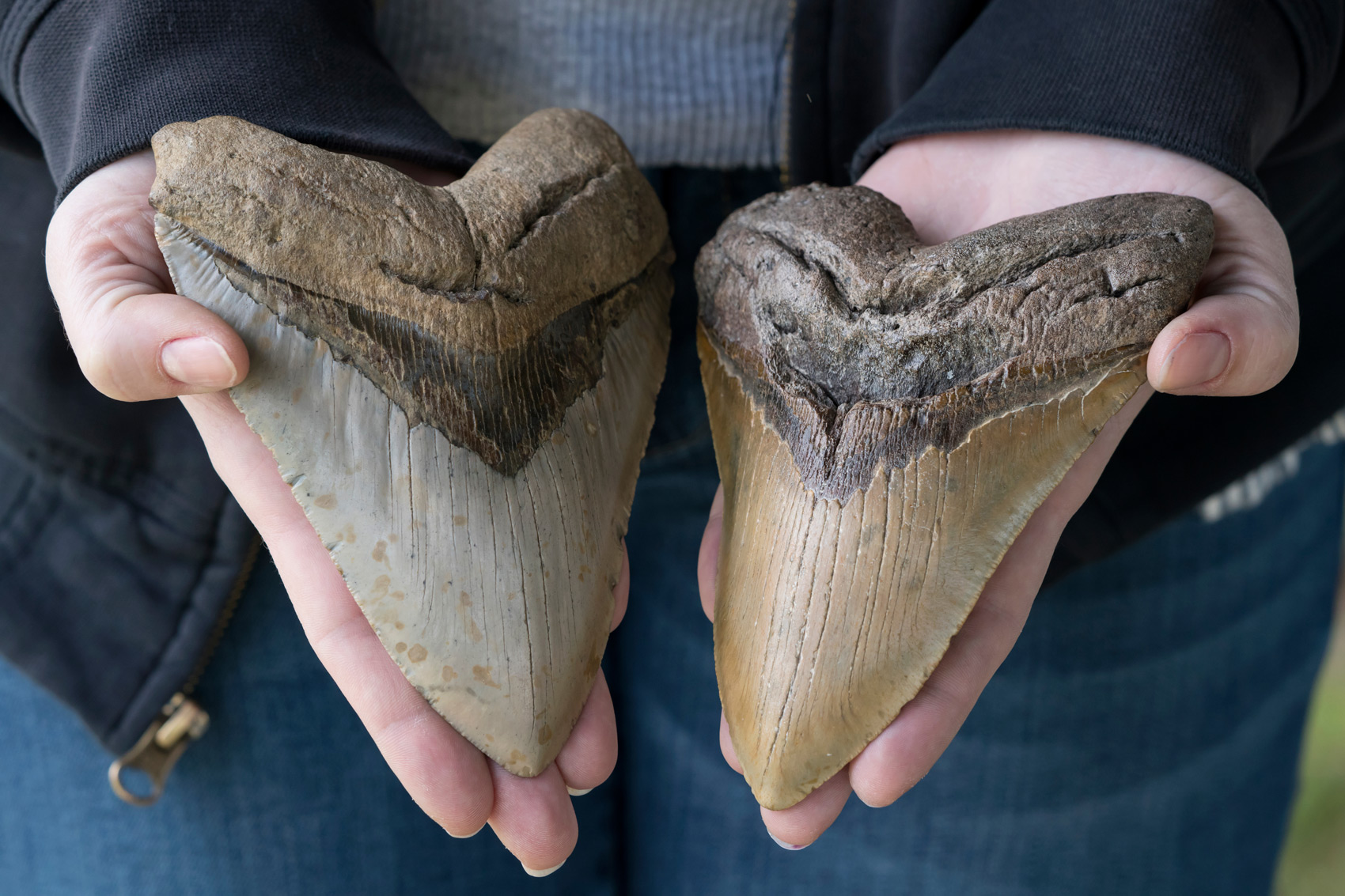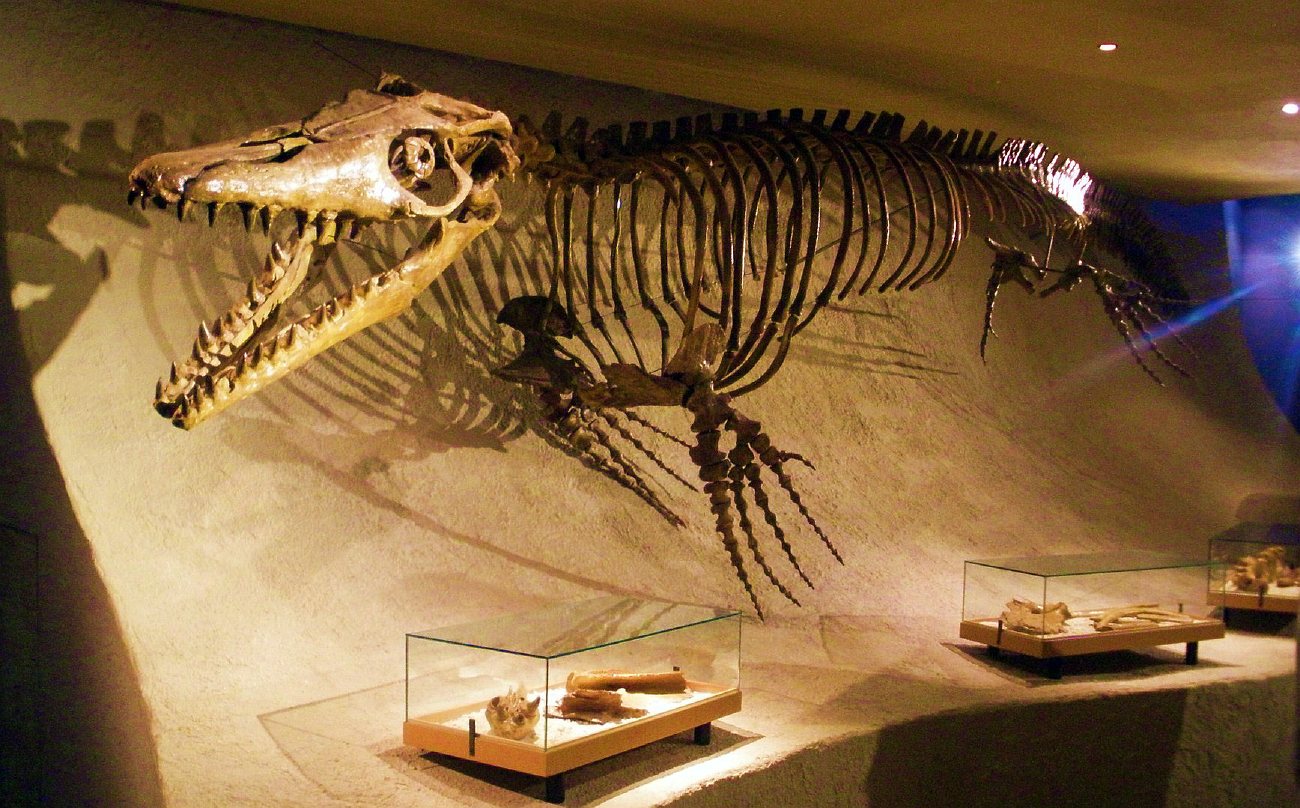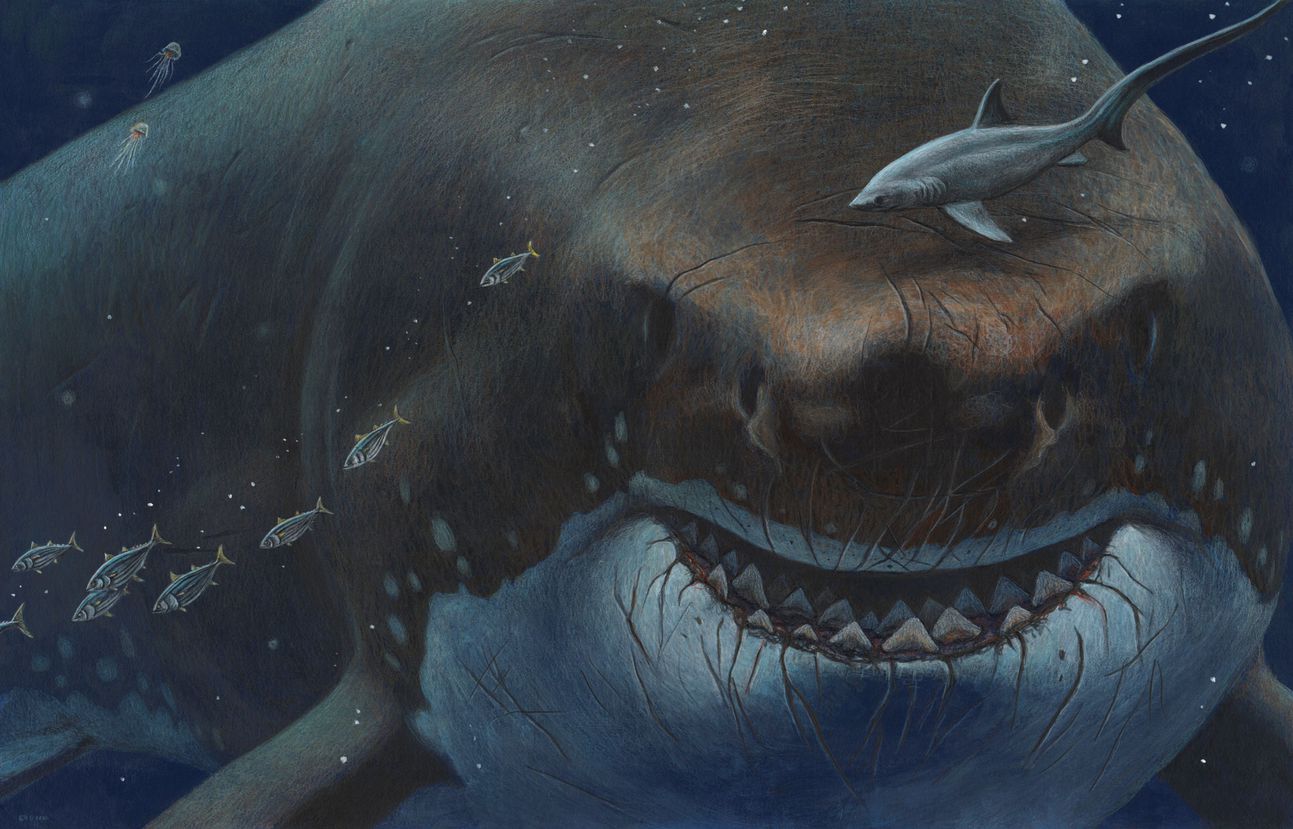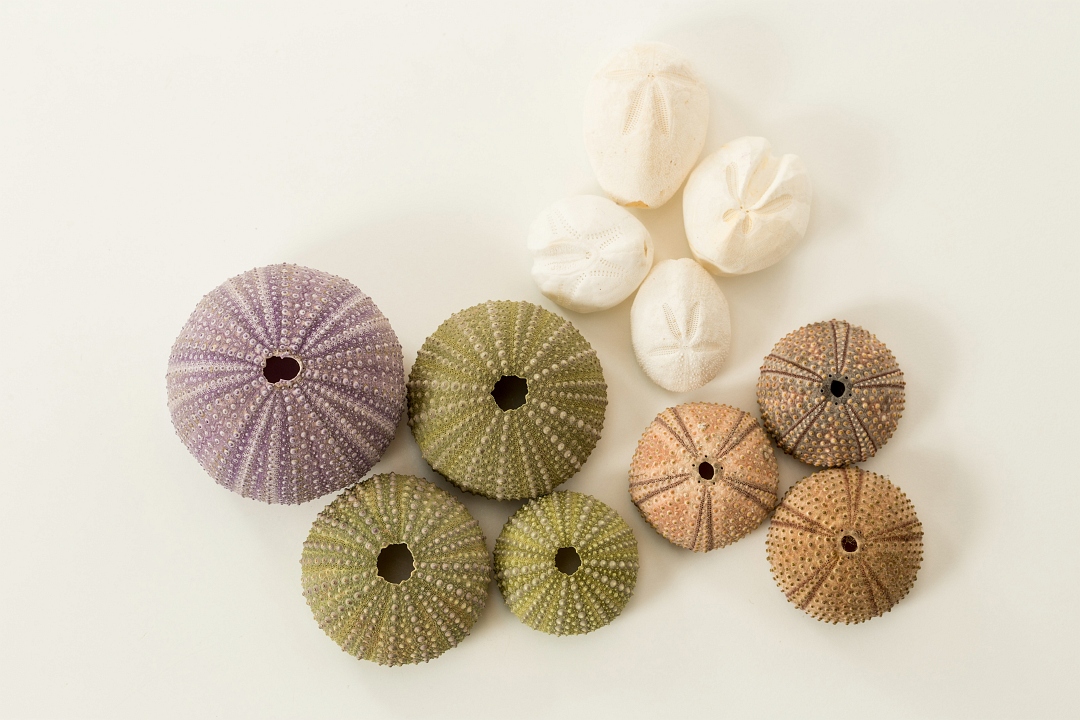Megalodon teeth and interesting facts about them
In the depths of our planet’s ancient oceans, a colossal predator once ruled the waters with unparalleled dominance—the legendary Megalodon. While this prehistoric shark has long vanished from Earth’s seas, its legacy endures in the form of fossilized teeth that have captured the imaginations of enthusiasts and scientists alike. In this exploration, we unveil a …





